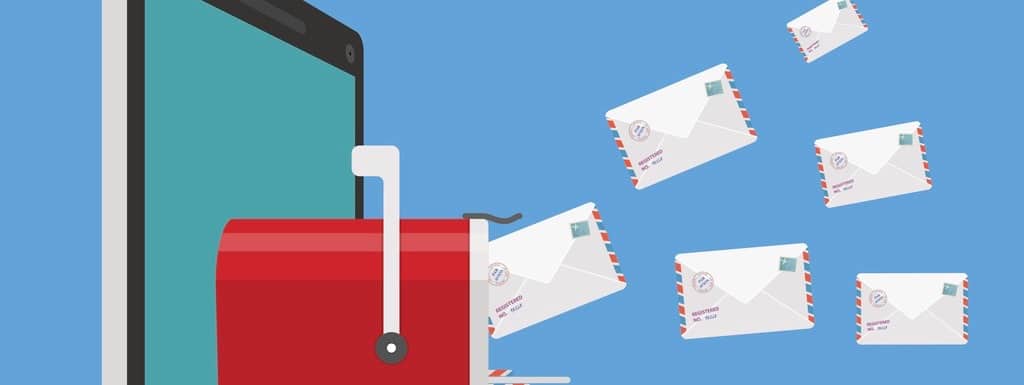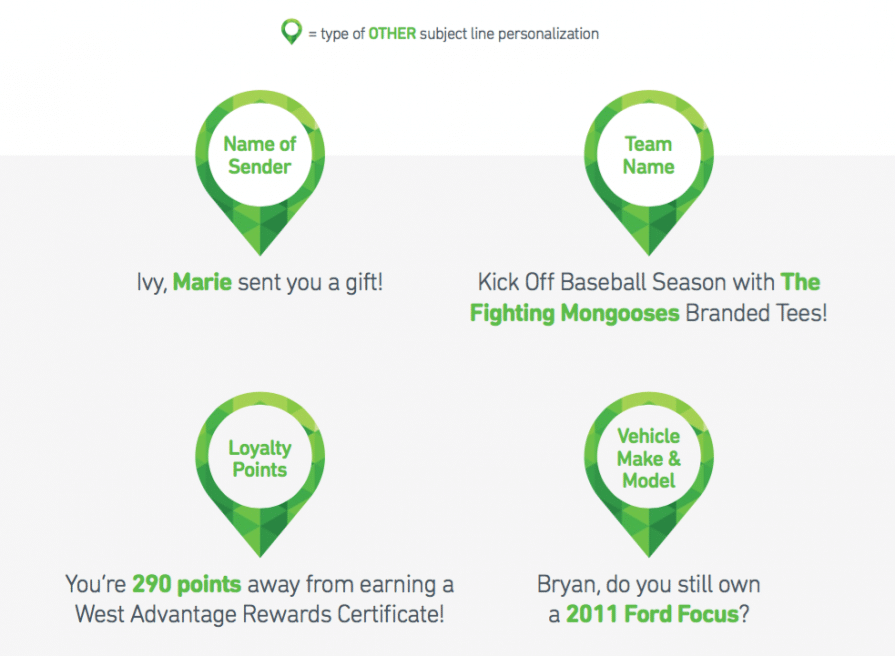Do personalized subject lines really work? Some say yes, because the practice adheres to all the new rules of customization that consumers demand, but just as many say no, because it makes an email look more obviously automated.
But as expected, customization wins out: New research finds that consumers open emails with personalized subject lines at a 50 percent higher rate compared to emails without personalized subject lines, yet only 2 percent of emails employ personalization, according to data recently released by cross-channel marketing comms firm Yes Lifecycle Marketing.
In its new, Subject Line Benchmarks: How Length and Personalization Impact Email Performance across Message Type and Industry, Yes analyzed more than 7 billion emails sent through its cross-channel communications platform Yesmail360i. According to the findings, personalized emails drove higher open and click rates than their non-personalized counterparts. In fact, messages with personalized subject lines generated more than double the unique click rate and 58 percent higher click-to-open (CTO) rate than emails without personalization in their subject lines.
However, nearly 98 (97.7) percent of all emails sent in Q2 2017 did not use personalization in subject lines—indicating that communicators are not using customer data to improve message relevance as much as they should.
According to the report, 1.1 percent of all emails sent in Q2 2017 had first/last name personalization in their subject lines while 1.2 percent were personalized based on other factors, such as loyalty program status, browse behavior or purchase history.
“As consumers receive more marketing emails every day, personalization is a great way to engage them,” said Michael Fisher, president of Yes Lifecycle Marketing, in a news release. “Marketers should be harnessing customer data to customize their content as early on as the subject line. When marketers succeed in communicating the relevance of an email to each individual subscriber, from the get-go, they will see results in opens, clicks and conversions.”
The report also highlights the effectiveness of triggered campaigns, which often boast subject line personalization informed by loyalty program status, browse behavior or purchase history. For example, browse abandon emails with subject lines between 31 and 60 characters generated an open rate of 40.6 percent.
“Personalization is no longer a novelty. Consumers expect marketers to tailor content to their needs and preferences, and it’s time for brands to meet those expectations,” said Michael Iaccarino, president of Infogroup, parent company of Yes Lifecycle Marketing.
Additional findings from the report include:
- Over a quarter (27 percent) of marketers sent reactivation campaigns, the second most widely adopted type of trigger.
- Non-personalized subject lines yielded open rates of just 14.1 percent compared to 21.2 percent for those personalized with name and 22.0 percent for those including another type of personalization.
- Browse abandon triggers with subject lines under 30 characters generated open rates of 35.5 percent, while those with subject lines over 30 characters drove open rates of 40.6 percent.
- Welcome campaigns were the most widely adopted type of trigger, with 69 percent of marketers implementing them.





